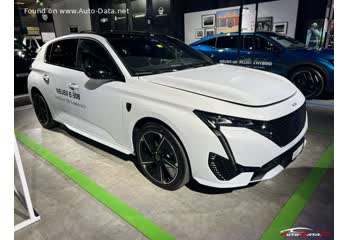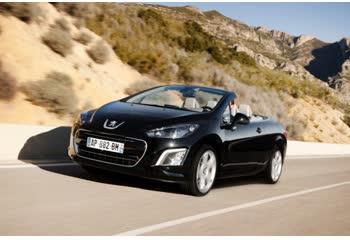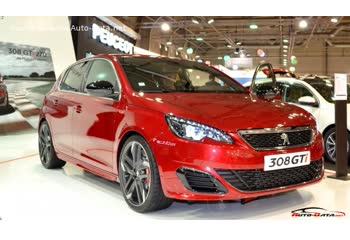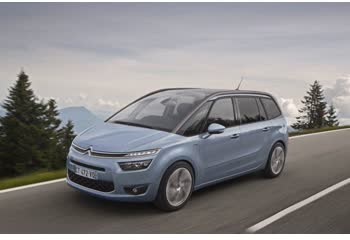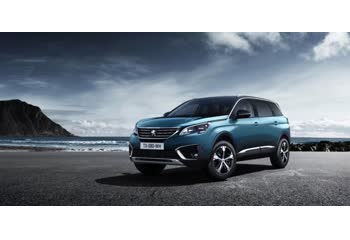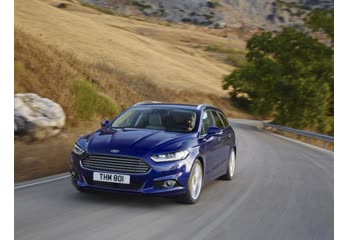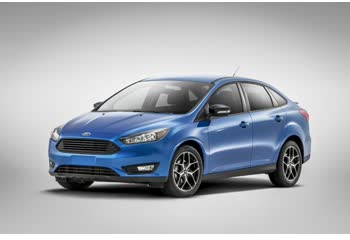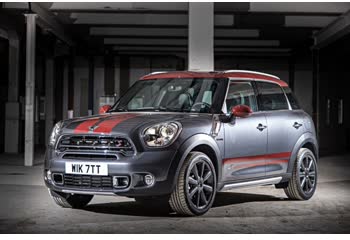مواصفات بيجو 308 2014 - 2.0 BlueHDi (150 Hp) Automatic
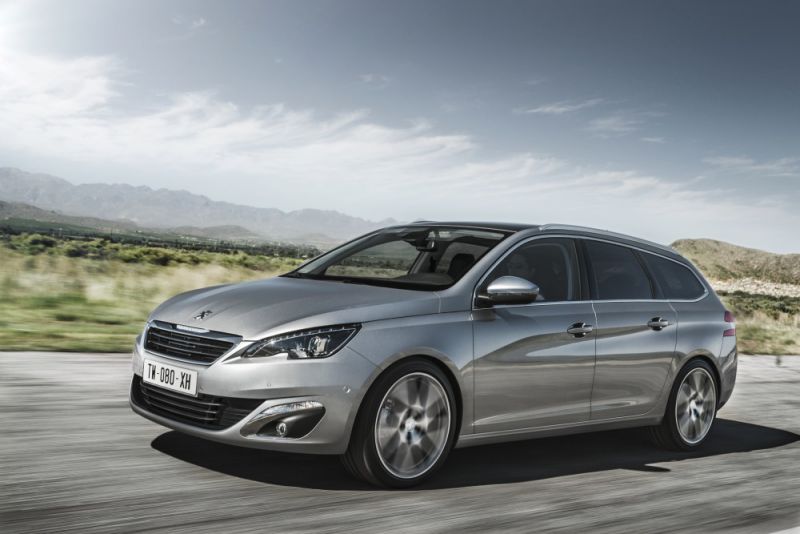

نظرة عامة
كم سعة محرك بيجو 308 2014؟
سعة محرك بيجو 308 2014 هي 1997 سي سي.
بيجو 308 2014 كم حصان؟
قوة محرك بيجو 308 2014 تبلغ 150 Hp @ 3750 rpm..
ما هو محرك سيارة بيجو 308 2014؟
محرك بيجو 308 2014 هو AHX DW10FD. (انقر لرؤية السيارات الأخرى التي تستخدم نفس المحرك)
كم تستهلك بيجو 308 2014 من الوقود؟
بيجو 308 2014 تستهلك 4.1 لتر لكل 100 كم.
عام:
العلامة التجارية
بيجو
الموديل
308
الجيل
308 SW II (Phase I, 2013)
التعديل - المحرك
2.0 BlueHDi (150 Hp) Automatic
بدأ الانتاج في
2014
انتهى الانتاج في
2017
بنية نظام الحركة
محرك احتراق داخلي
نمط الهيكل
عدد المقاعد
5
عدد الأبواب
5
المحرك:
أنظمة المحرك
Particulate filter
150 حصان عند 3750 دورة في الدقيقة
الاستطاعة لكل لتر
75.1 حصان لكل لتر
370 نيوتن متر عند 2000 دورة في الدقيقة
نوع/اسم المحرك
سعة المحرك
1997 سي سي
عدد الاسطوانات
4
شكل الاسطوانات
Inline
عدد الصمامات لكل اسطوانة
4
نظام حقن الوقود
Diesel Commonrail
تنفس المحرك
Turbocharger, Intercooler
حجم زيت المحرك
4.5 لتر
سائل التبريد
9 لتر
أمامي, مستعرض
الأداء:
نوع الوقود
Diesel
استهلاك الوقود (economy) - urban
4.8 l/100 km
استهلاك الوقود (economy) - extra urban
3.8 l/100 km
استهلاك الوقود (economy) - combined
4.1 l/100 km
معيار الانبعاثات
Euro 6
التسارع 0 - 100 كم/سا
8.9 ثانية
التسارع 0 - 62 ميل في الساعة
8.9 ثانية
السرعة القصوى
212 كم/سا
نسبة الوزن للاستطاعة
9.5 كغ لكل حصان, 105.6 حصان لكل طن
نسبة الوزن للعزم
3.8 كغ لكل نيوتن متر, 260.6 نيوتن متر لكل طن
التسارع 0 - 60 ميل/سا
8.5 ثانية
النظام الكهربائي:
الحجم والمساحة:
الوزن الاجمالي
1420 كيلوغرام
الوزن الأقصى
2000 كيلوغرام
أقصى حمل
580 كيلوغرام
السعة القصوى للصندوق الخلفي
1660 لتر
السعة الأقل للصندوق الخلفي
610 لتر
سعة خزان الوقود
53 لتر
الأبعاد:
الطول
4585 ملم
العرض
1863 ملم
الارتفاع
1461/1472 ملم
قاعدة العجلات
2730 ملم
المحور الأمامي
1551/1563 ملم
المحور الخلفي
1546/1557 ملم
الارتفاع عن الأرض
109 ملم
قطر الالتفاف
11.2 متر
نظام نقل القدرة, التعليق والفرامل:
بنية نظام الدفع
The Internal combustion engine (ICE) drives the front wheels of the vehicle.
الاندفاع
Front wheel drive
نوع صندوق التروس وعدد السرعات
6 gears, automatic transmission
المكابح الأمامية
Ventilated discs
المكابح الخلفية
Disc
الأنظمة المساعدة
ABS (Anti-lock braking system)
نمط التوجيه
Steering rack and pinion
قياس الإطارات
205/55 R16 V
قياس العجلات
16
نظام التعليق الأمامي
Independent, type McPherson with coil سبرينغ and anti-roll bar
نظام التعليق الخلفي
Semi-independent, coil سبرينغ
